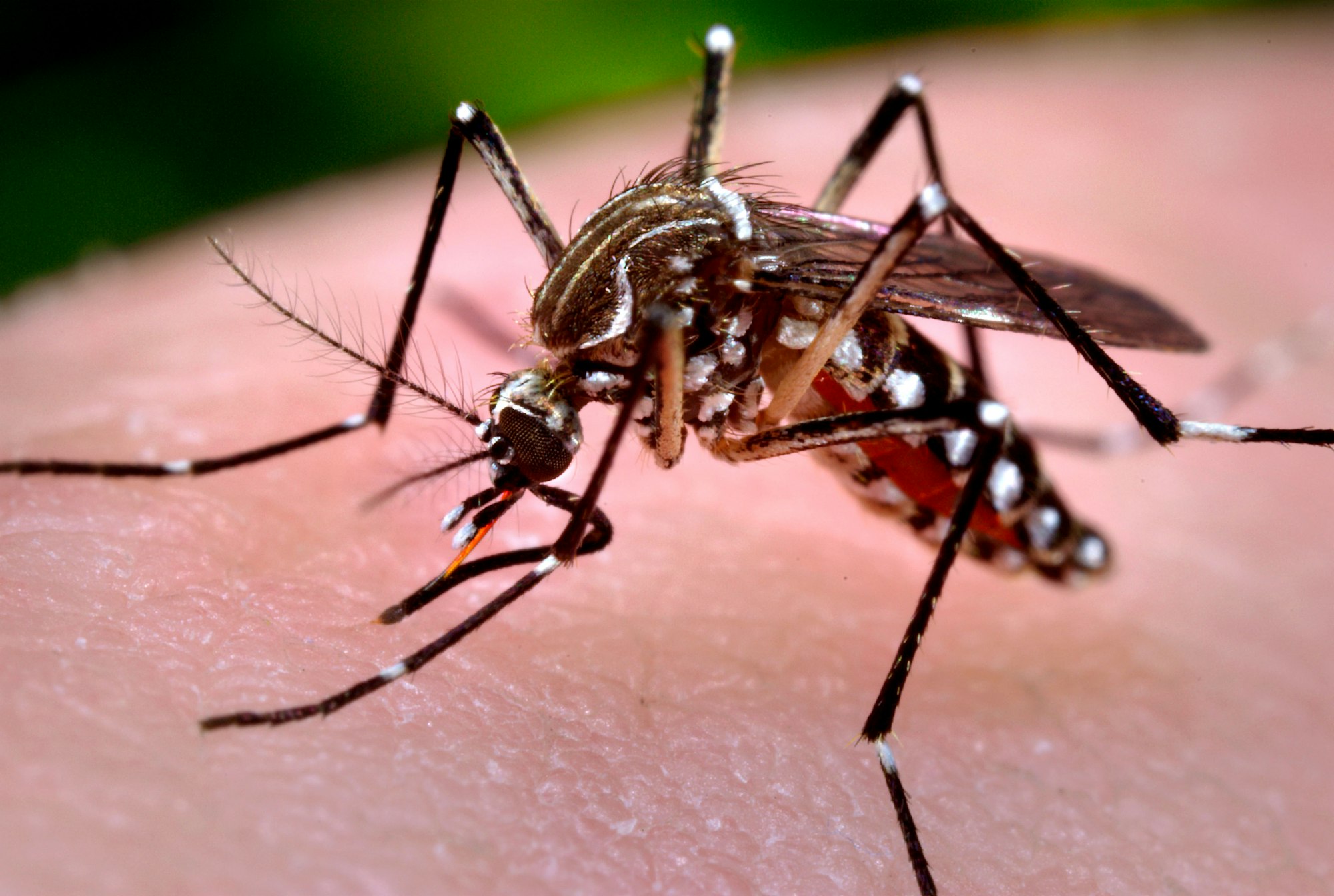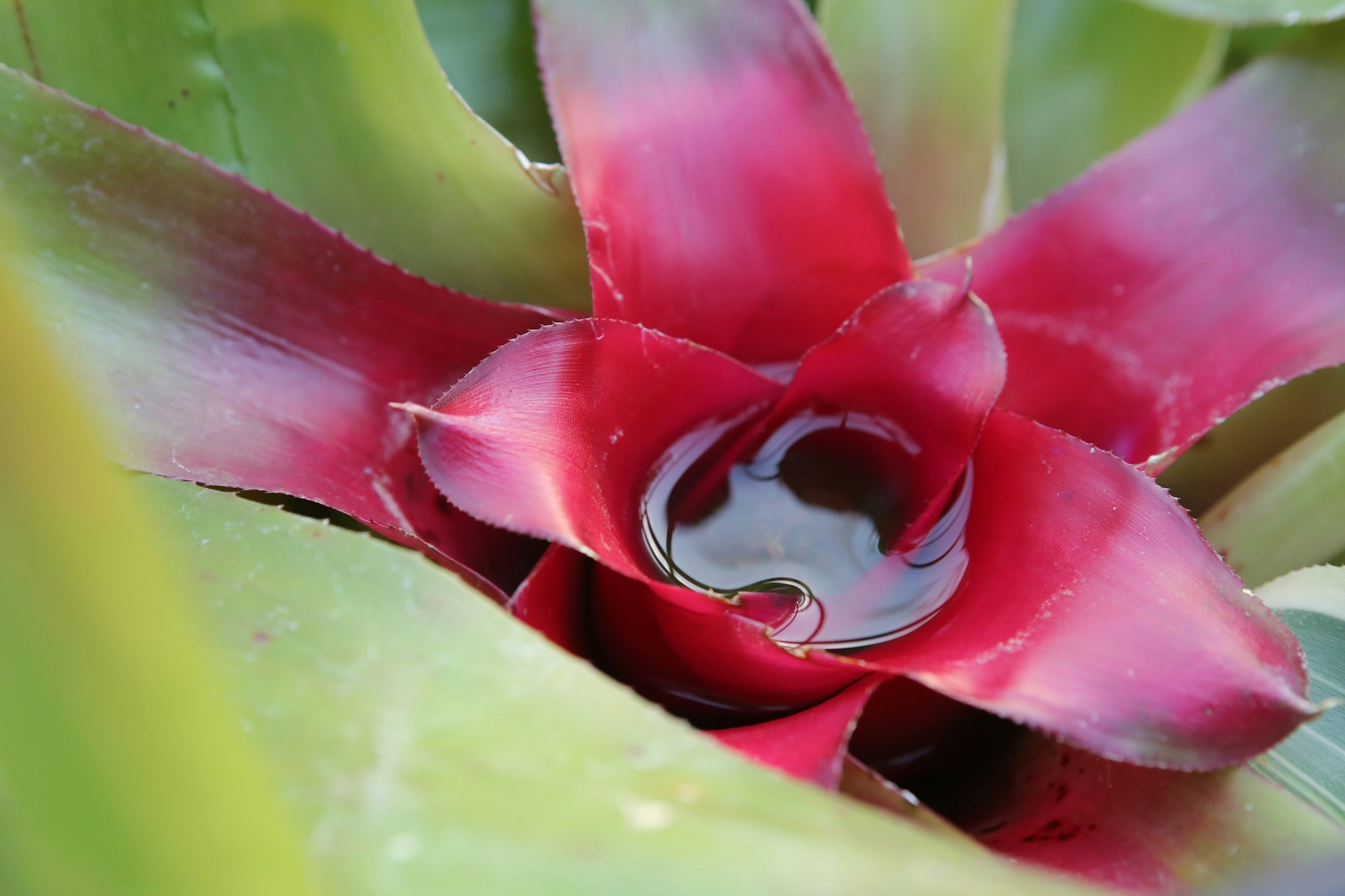We’re on the lookout for invasive mosquitoes, and you should be too!
Nearly 10 years ago, two invasive mosquito species (Aedes albopictus, the Asian tiger mosquito, and Aedes aegypti, the yellow fever mosquito) were first detected in central and Southern California. Since then, they have slowly spread throughout the state, making their way as far north as Shasta County and as close to our region as Contra Costa County. These invasive mosquitoes are not native to our area and can transmit mosquito-borne diseases not currently present in California, such as Zika virus, yellow fever, and chikungunya.
Aedes aegypti and Aedes albopictus are aggressive daytime biters targeting legs and ankles. Both species are small, black mosquitoes with white stripes on their backs and legs.












Once established, these two mosquito species can be difficult to eradicate. They lay their eggs along the waterline of any water-holding container such as plant saucers, bird baths, buckets, discarded tires, or even plants that can hold water, like bamboo or bromeliads. They are generally found in suburban neighborhoods and have a short flight range making their populations localized. Their eggs can remain viable for a long time and will hatch into larvae when conditions are right.
The District has been checking for these mosquitoes using specialized traps since 2013. Our staff is trained to identify and reduce breeding habitat for these mosquitoes. To date, these mosquitoes have not been found in Marin or Sonoma County..
You can help us protect public health by learning how to identify invasive mosquito species. Early detection of these mosquitoes will help us control them if they arrive in Marin or Sonoma County. We can’t do this alone; in fact, reports from residents are how these mosquitoes are usually discovered in an area. Visit our “Invasive Aedes” webpage to learn how you can help.
